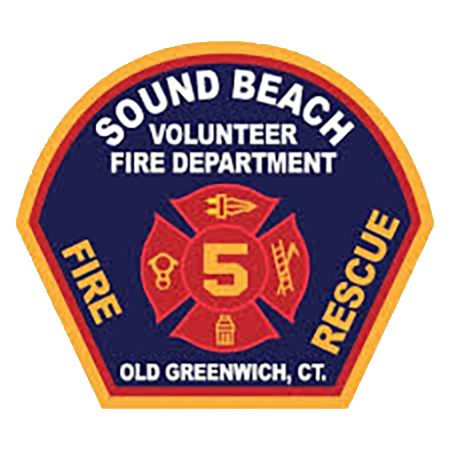he Sound Beach Technical Rescue Team has received advanced training in the area of confined space rescue operations. Due to the very meaning of a “confined” space, performing a rescue in such an environment can be extremely difficult and many times hazardous. The team remains committed to practicing the latest rescue techniques in confined space rescue and to acquiring the proper equipment to conduct rescue missions in the safest manner possible.

dummy into a stokes basket during
confined space training.
What is a Confined Space?
A confined space can be defined as:
- Those areas which are not intended for continual occupancy,
- Have a limited means of egress, and
- Have the potential for physical, chemical or atmospheric engulfment.
In order for an area to be classified as a confined space, all three of the above conditions must be met. Similarly, a “permit required” confined space is any area that meets the above criteria and has one or more of the following characteristics:
- Contains or has the potential to contain a hazardous atmosphere,
- Contains a material that has the potential for engulfing the entrant,
- Has an internal configuration that might cause an entrant to be trapped or asphyxiated by inwardly converging walls or by a floor that slopes downward and tapers to a smaller cross section, and/or
- Contains any other recognized serious safety or health hazards.”
When an Emergency Occurs
A confined space rescue emergency occurs whenever the person operating within the designated confined space is unable to remove themselves from the area. This may be due to a physical accident (i.e. a broken leg), a medical emergency or the presence of a hazardous atmosphere. Common confined spaces include underground vaults, storage silos, storage tanks and sewers. Confined space rescues can be technically challenging due to the environment in which they occur. Confined spaces are often narrow and constricting preventing easy access by rescuers. They are usually either unlit or poorly lit so rescuers must provide their own light source. Finally, confined spaces often contain hazardous materials in liquid or gas form which can be harmful or fatal to humans.
In addition to training for confined space rescue operations, the team has also received training in the use of rope systems and many members have advanced training in hazardous materials response and management. Training is made possible through the continued support of the community. If you would like to learn more about making a contribution to the Sound Beach Technical Rescue Team, please visit our Support SBVFD section.


